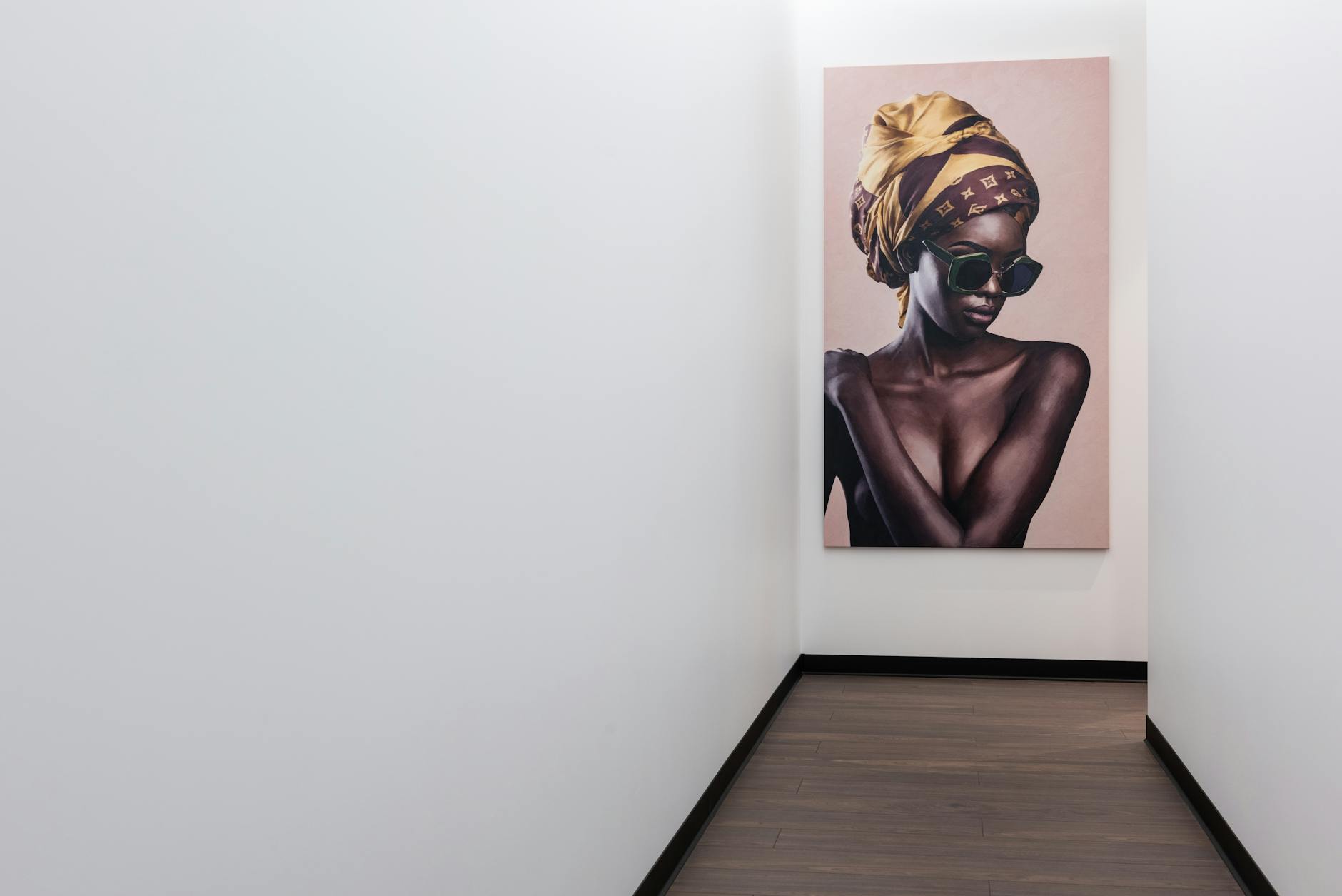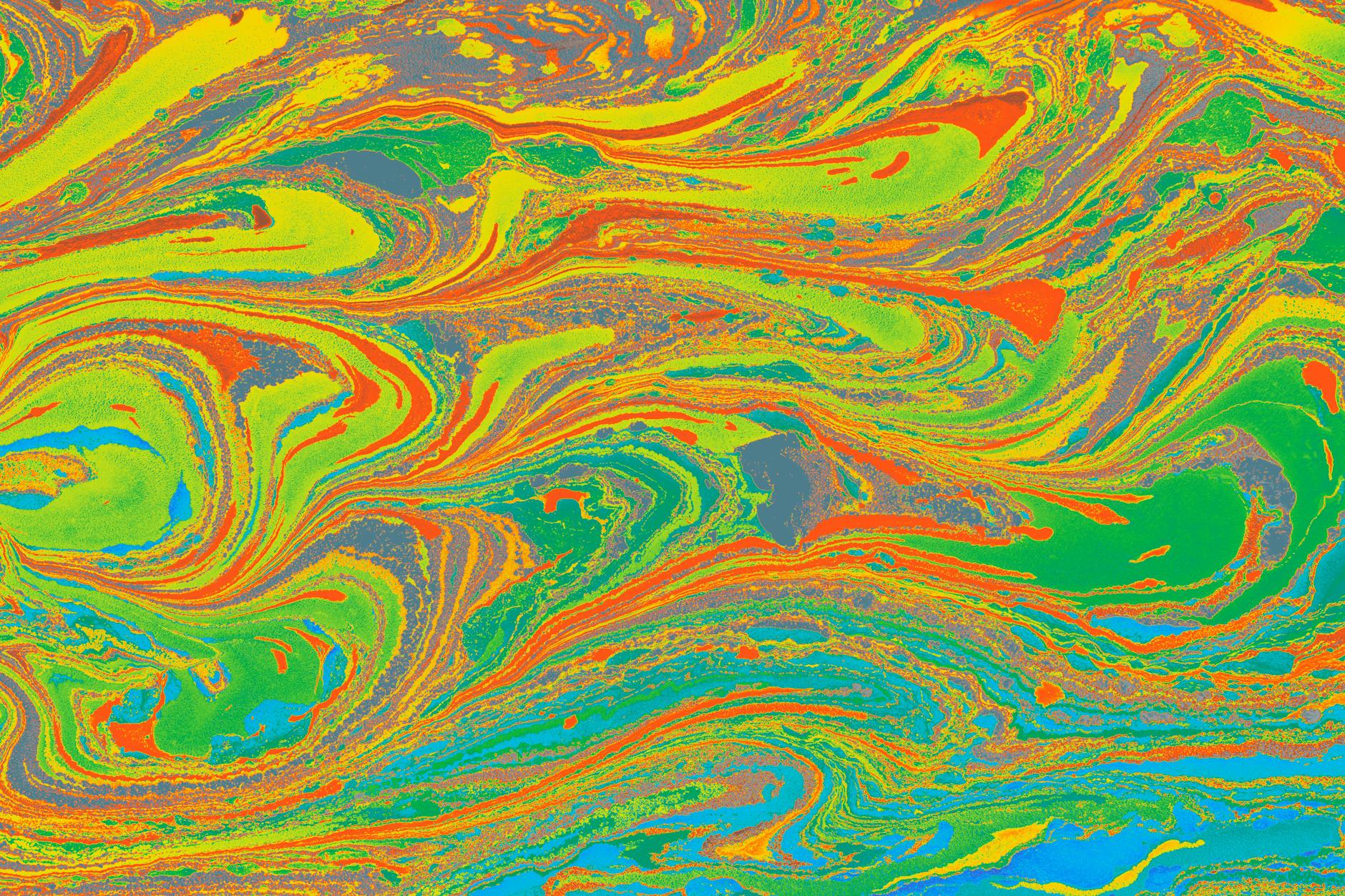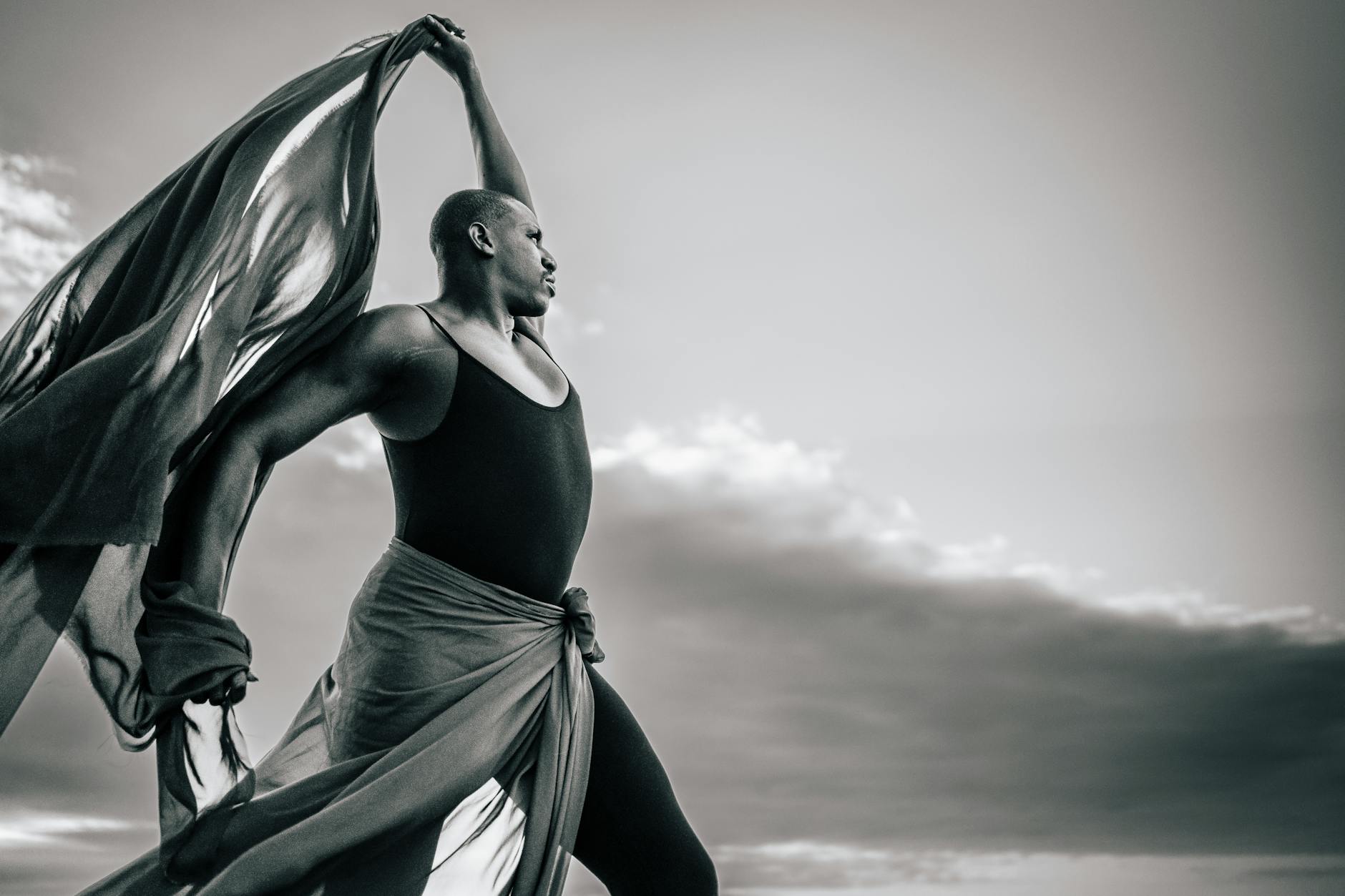In the universe of artistic expression, the impact of psychedelics has undeniably been quite profound. Through their ability to bend the veneer of the mundane world and reveal a vibrant imaginative cosmos, these powerful substances have proven to have a deep influence on countless artists and created a unique psychedelic aesthetic that transcends cultural and historic boundaries.
The world of art has always been the witness of man’s yearn to express his inner creativity and give life to his inspirations in myriad of forms. With the advent of psychedelics, the artists riding on their hallucinatory waves found an alternative portal to explore the unchartered waters of perception and visual representation.
The emanations from hallucinatory experiences often manifest themselves as astonishing works of art, teeming with novel forms and colors unseen in regular conscious states. The witnessed hallucinations feed into the artist’s paintbrush or the musician’s guitar, resulting in a vibrant splash of abstract art or an experimental melody that dances between unseen notes.
The iconic faces that define psychedelic art give testimony to their profound experiences under the influence of such substances. Artists like Alex Grey, who beautifully convey the intersection of spirituality and hallucinatory visuals in their works, attribute their distinctive artistry to psychedelics. Alex Grey’s canvases with intricate detailing of human anatomy, spectral-light beings and intricate webs of energy pathways, unquestionably explore deep-seated, universal spiritual themes.
Music, another form of artistic expression, has also been gently nudged by the psychedelic current. The late sixties saw the rise of an introspective, experimental style of rock music that was heavily influenced by psychedelic experiences. Bands like Pink Floyd or The Grateful Dead became emblematic of this movement, their music reflecting minds that have been colored by the spectrum of hallucinatory experiences. The lyrics echoed a newfound consciousness, while the sound experimentation manifested unseen kaleidoscopic soundscapes.
Psychedelics can arguably act as catalysts for the creative process by ejecting artists from their comfort zones and encouraging originality. Driven by an insatiable curiosity, these artists delve into the unknown realms of the unconscious and wrangle with profound existential questions. The psychedelic experiences herald a reinvention of their creative process and modify their artistic perception, often toward themes of interconnectedness, transcendence and the intricate tapestry of life and consciousness.
Despite the strong correlation between art and psychedelics, it’s paramount to understand that these substances merely act as tools that unlock gates to a different perception. The actual inspiration, the artistic vision and its representation still remain the creation of the artist himself. Every artist responds differently to the psychedelic experience; the resulting artwork is thus a reflection of the artist’s unique mind and talent.
In conclusion, the world of creativity found an unparalleled partner in psychedelics; together they journeyed into uncharted territories, crafting masterpieces that continue to echo across generations. As our understanding of these substances grows, it’s only a matter of time until we untangle the intertwining threads of psychedelics and artistic expression and unravel the full extent of their bond. One thing is certain: this psychedelic inspiration has enriched our cultural tapestry with an otherworldly hue, painting a vibrant slice of human imagination for future generations to resonate with.
Sources:
1. Creative Beings
2. Britannica Encyclopedia
3. PLOS ONE Journal
4. Alex Grey review
5. Rolling Stone magazine
6. Science Direct








